When I was little, like many kids, I had my own set of dishware. My own tiny plate, my own small spoon, and several other little cups and containers that easily fit into my child-sized palm.
At lunchtime, my family would sit in a circle on the floor, each of us with our own plates, or thalis, and in them, individual servings of rotli, vegetables, daal, rice and more. In the center of our circle would be pots and pans filled with enough food for second and third helpings. My thali almost always had the tiniest rotlis, contrasting the biggest portions of sweets.
We left my thali behind when my parents and I immigrated to the United States from Mumbai, but during the summers that we would visit, my paternal grandmother would inevitably crouch down to the floor, open a cabinet in the corner of her kitchen, and pull out my thali.
Like many, I didn’t begin cooking or appreciating home-cooking until I was in college when living away from home for the first time taught me the value of a home-cooked meal. In my dorm kitchen, I would pour bland, store-bought jars of pasta sauce over overcooked spaghetti or throw some cheese and lettuce in between two slices of bread and call it lunch. And when it came time to visit my parents during school breaks, I would spend bus rides from my Washington, D.C. campus to New Jersey daydreaming about pizza, bagels and home-cooked food.
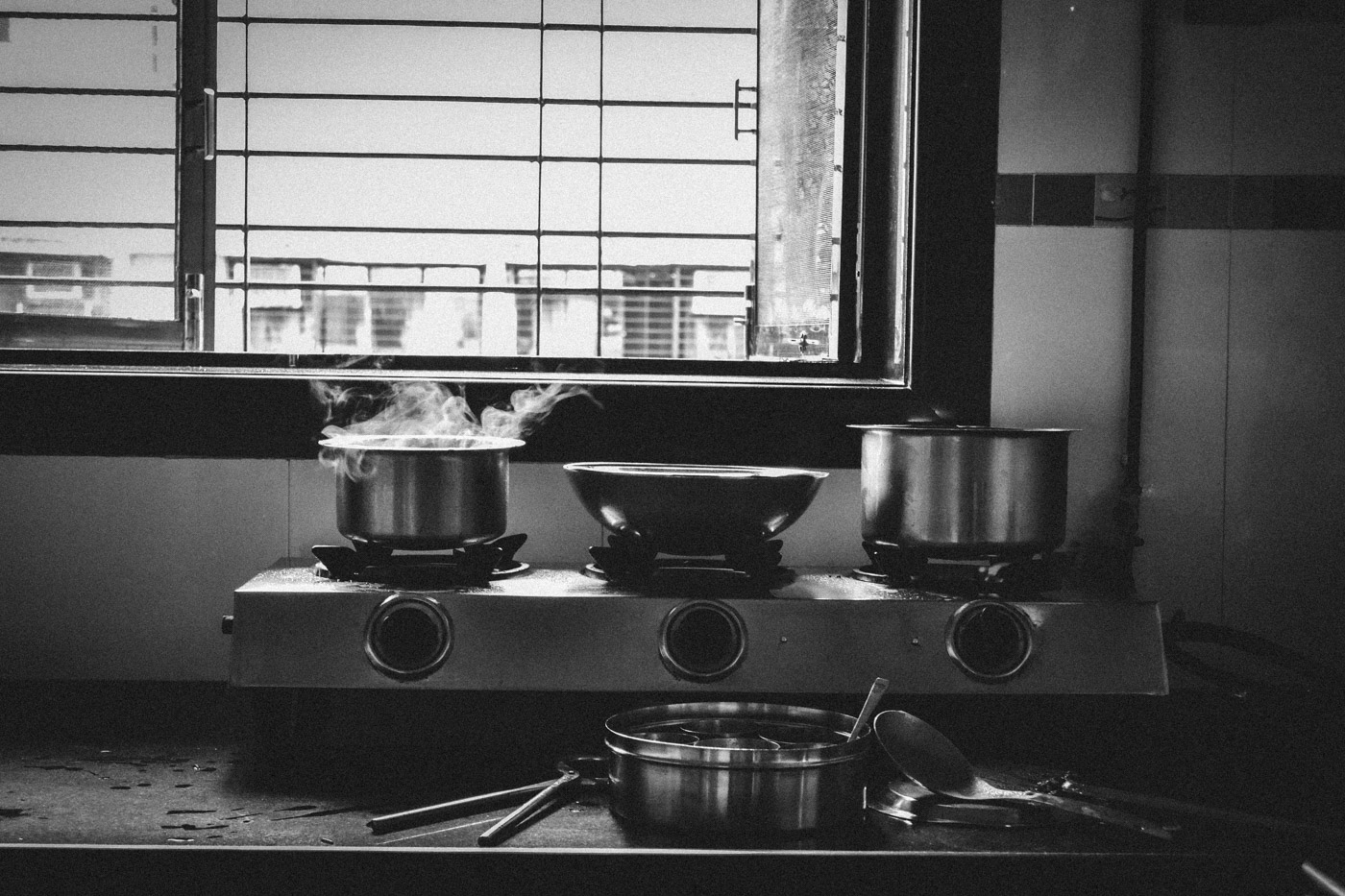
By the time I reached home, my mother would have inevitably planned my meals for every day I’d be back. To this day, when I visit my parents’ home, I usually find a notepad on the kitchen fridge and on it a list of my favorite foods written in my mother’s elegant cursive: pav bhaji for dinner on one night, a Mumbai street food called a Frankie on another, and maybe a lunch of her Indo-Chinese noodles and gobi manchurian.
When I go home to see my parents, we get into the same fights centered around food. I feel frustrated having my meals planned out for me and restricted. I much prefer having my days open, to be able to choose a cheesy slice or a breakfast sandwich or a meal at a beloved Cuban eatery in a nearby neighborhood on a whim. But as much as I resent it, I know it comes from a place of love, from a desire to want to provide. This is how they take care of me, how they show me that I have been missed.
In the years since my mediocre pastas and sandwiches, I’ve graduated to making more complex meals. But I have yet to learn how to properly make a full Indian meal of which I’m proud.
I spent this past October visiting family in Mumbai. Although my paternal grandparents have long moved out of their north Bombay flat, and although many years have passed since anyone has brought out old utensils for me to use, my trips to India increasingly revolve around food and family. Many of my meals are planned for me by those who love me and want to feed me the foods they think I’ll enjoy, and here in India, I let them. Maybe it’s because I don’t have favorite haunts in Mumbai as I do in my New Jersey hometown, or maybe it’s because I know whatever I eat, it will be good and unlike anything I can get in Los Angeles, where I now live.
My maternal aunt, Hiral Mami, is an amazing cook. When I am particularly homesick, I think about her tea and her fresh rotis, perfectly doughy with just enough burnt spots, always dripping with ghee. Months before I even booked my tickets, I knew that during this next trip to India, I’d learn what I could from her about making a full meal. Both sides of my family are from Gujarat, a northwest Indian state, so when I reached my maternal grandparents’ home, I asked my Mami to teach me how to make a proper Gujarati meal.
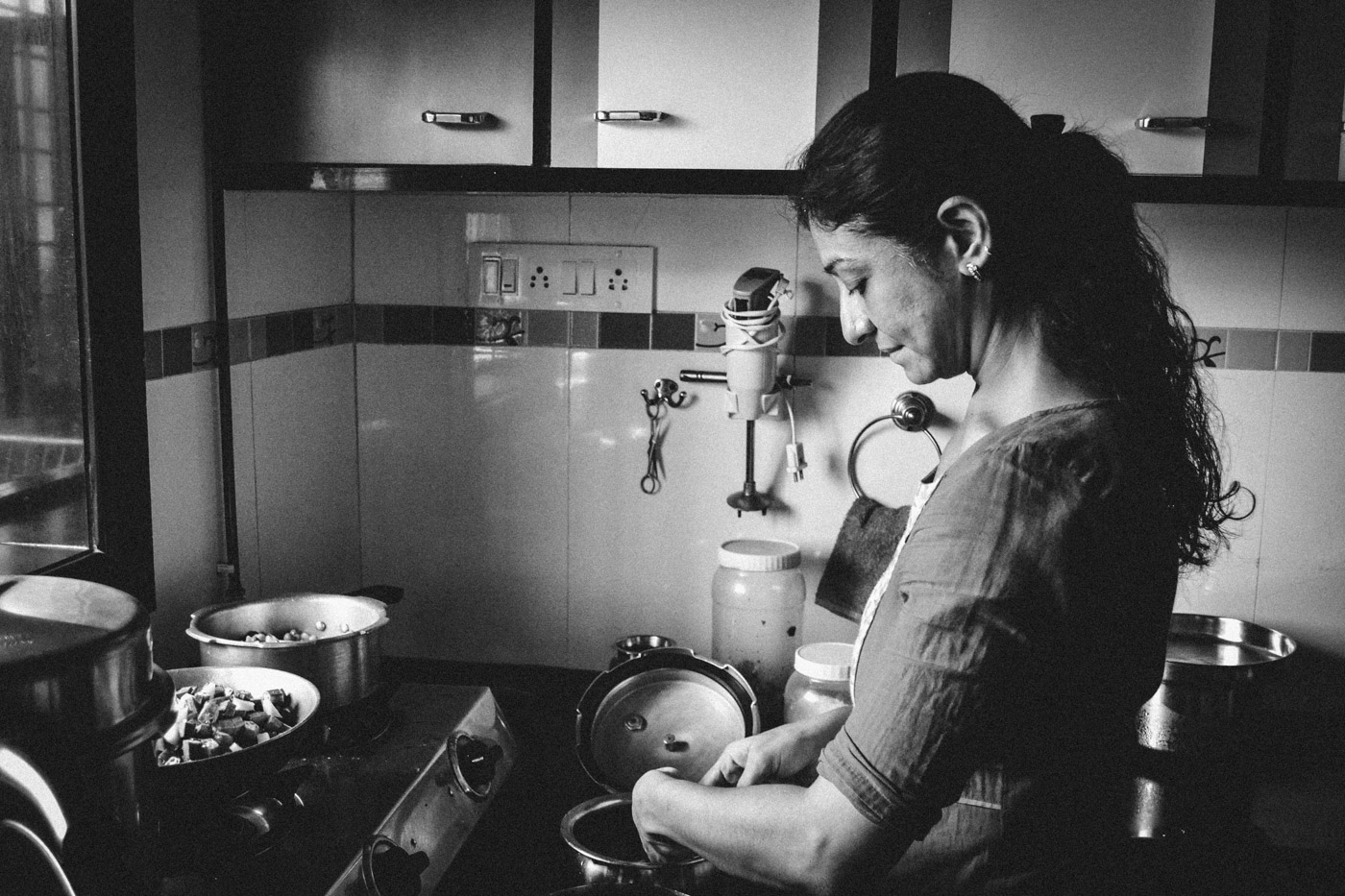
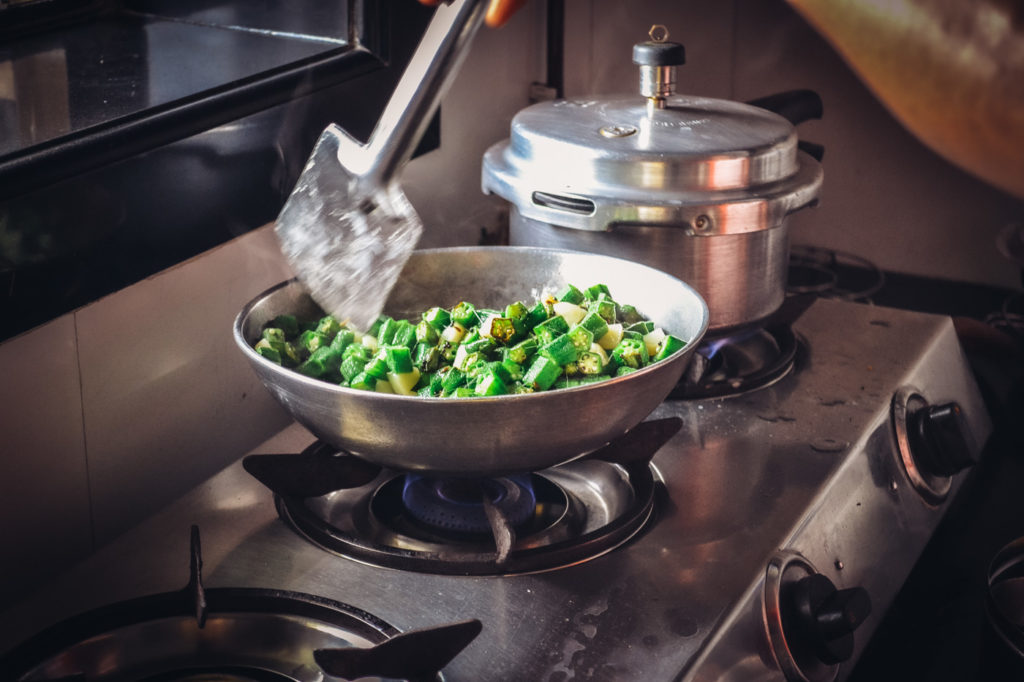
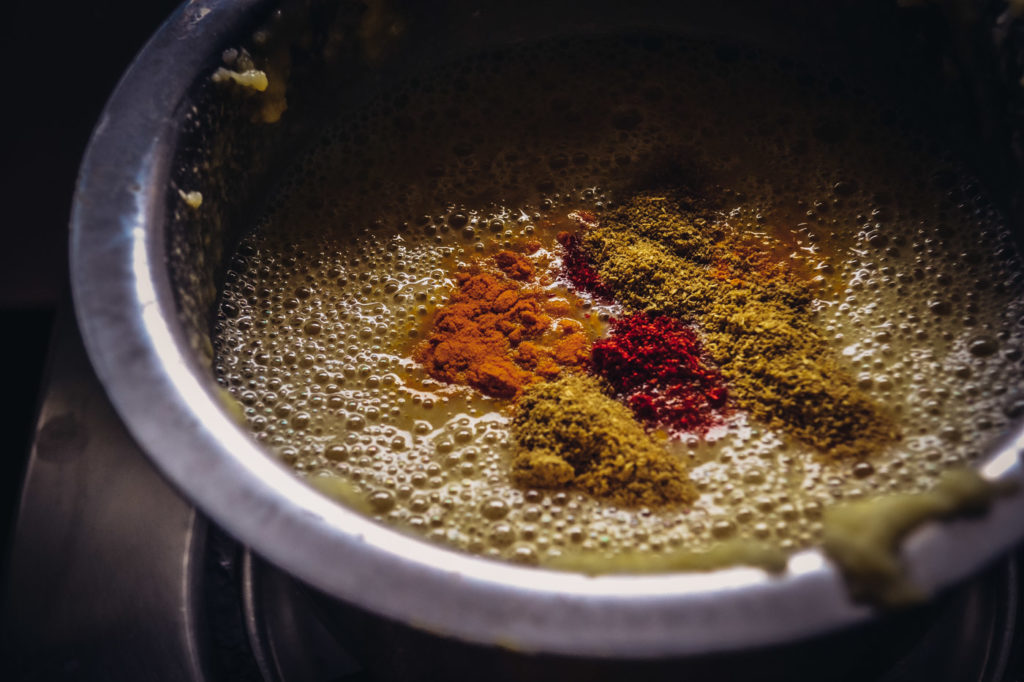
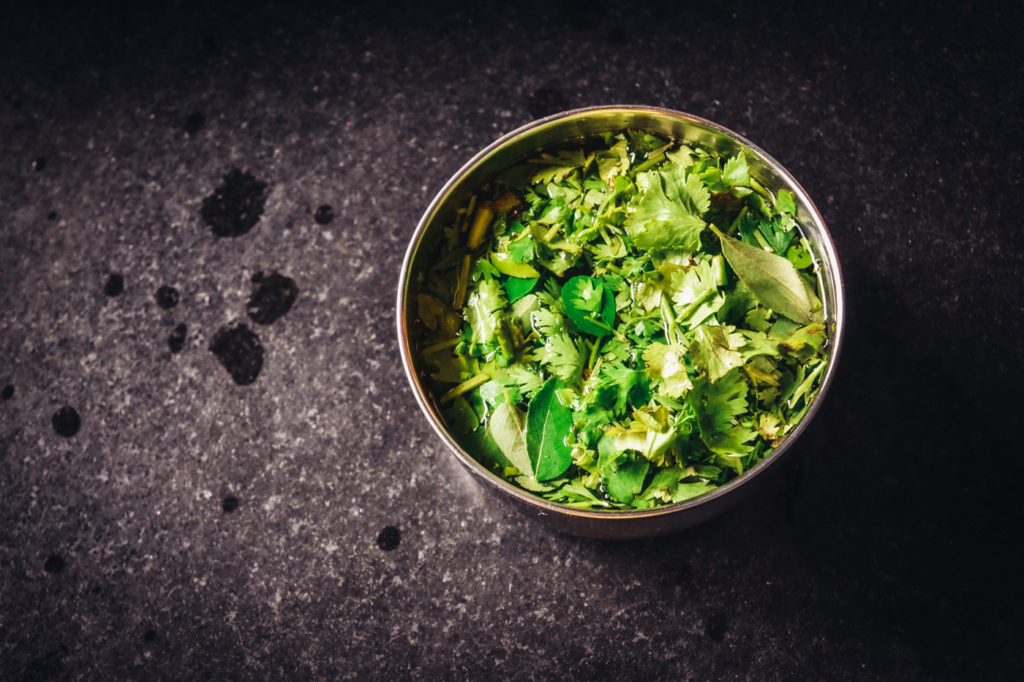
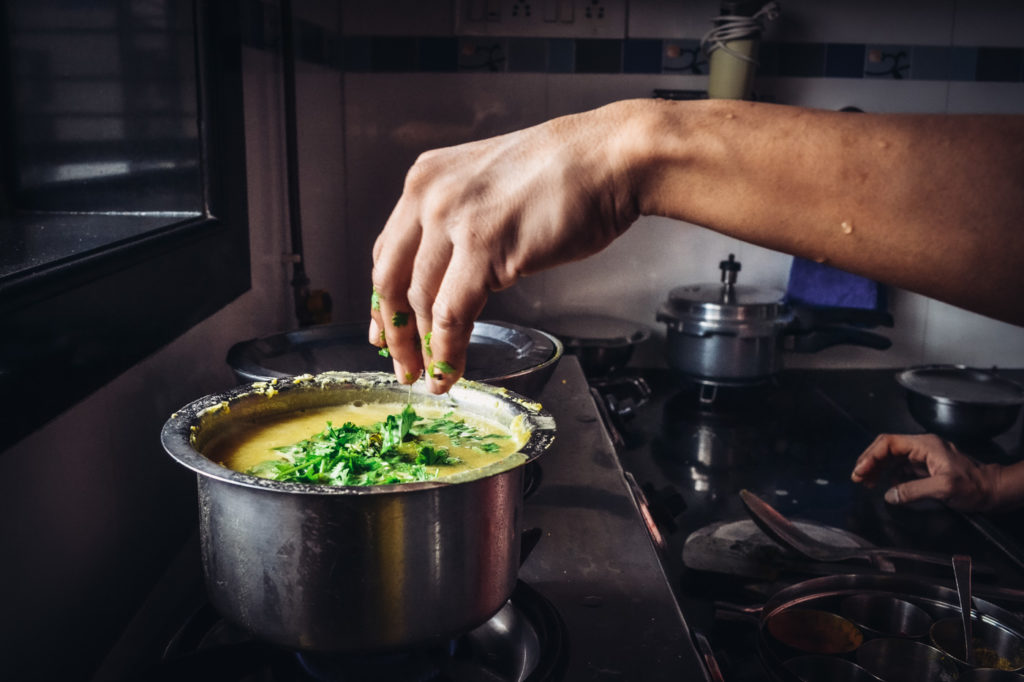
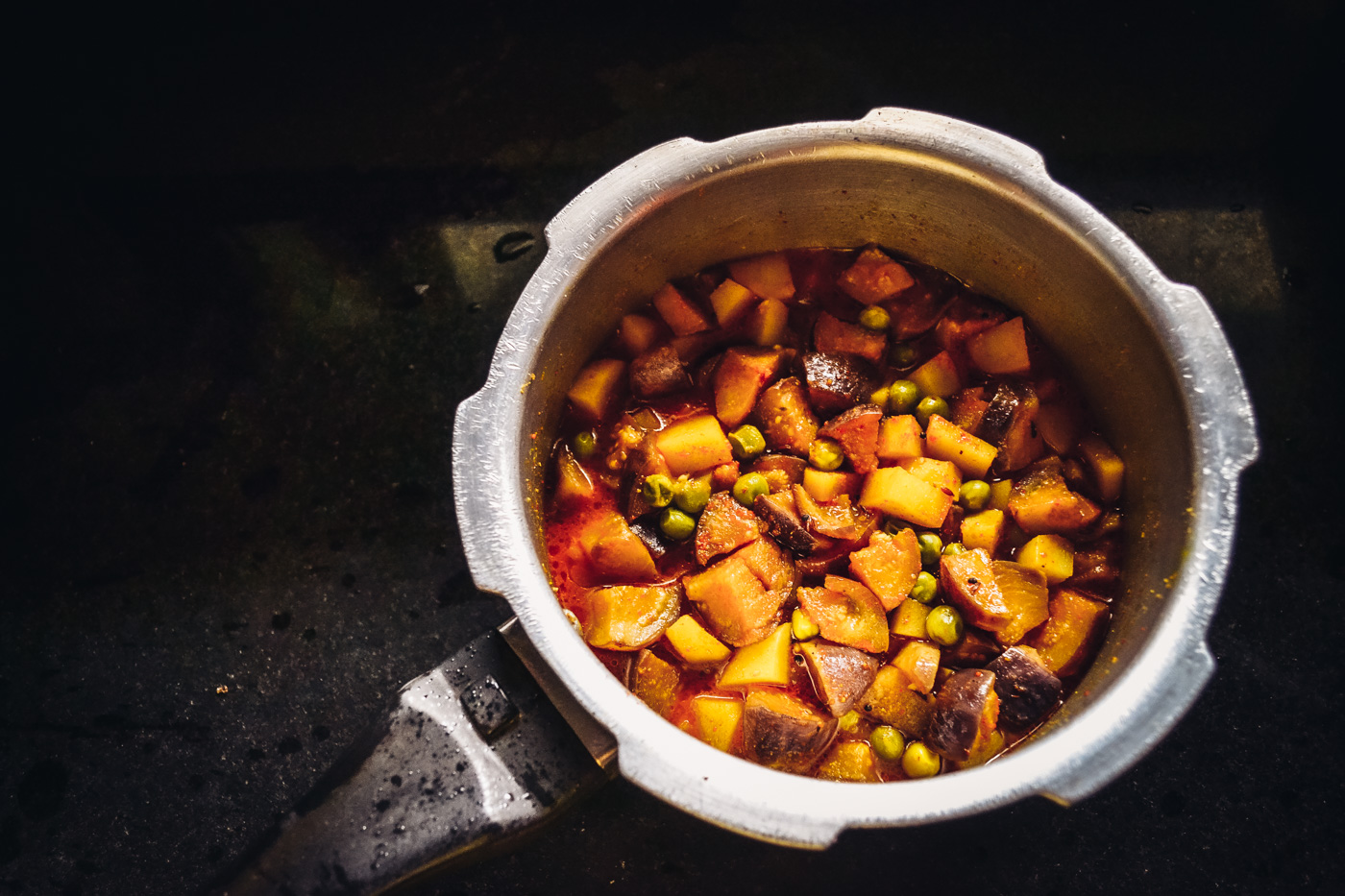
It’s no exaggeration to say that I dream of her cooking in the years in between visits to India. I fantasize about hot, fresh, doughy roti and shaak or cooked vegetables that taste fresh, healthy and flavorful. Gujarati cuisine is often characterized by its sweetness, but Mami’s cooking is never cloying, just well-balanced. Daal that’s thick and hearty, but still not too heavy. Rice that is sticky, but still falls apart the way you need it to when it’s mixed in with daal or shaak.
Mami cooks for her family every day: tea in the morning and afternoon, lunch and dinner, all for a household of five—my grandparents, aunt, uncle and cousin. By nine a.m., we’ll all have bellies full of the tea she’s made and she’ll begin preparing lunch. We have tea again after a post-lunch nap. And by six p.m., she’ll have got to work on the dinner we’ll have in a few hours.
There are a lot of parts to a Gujarati meal: the standard roti, one or two types of shaak (curry), daal and rice, often accompanied by yogurt and maybe achaar, or pickled vegetables. My family also includes fresh fruit (usually bananas or mangoes when in season) and chopped or sliced vegetables (cucumbers, tomatoes, onions). And when the plates are cleared, Mami will bring out a savory yogurt drink called chhaas.
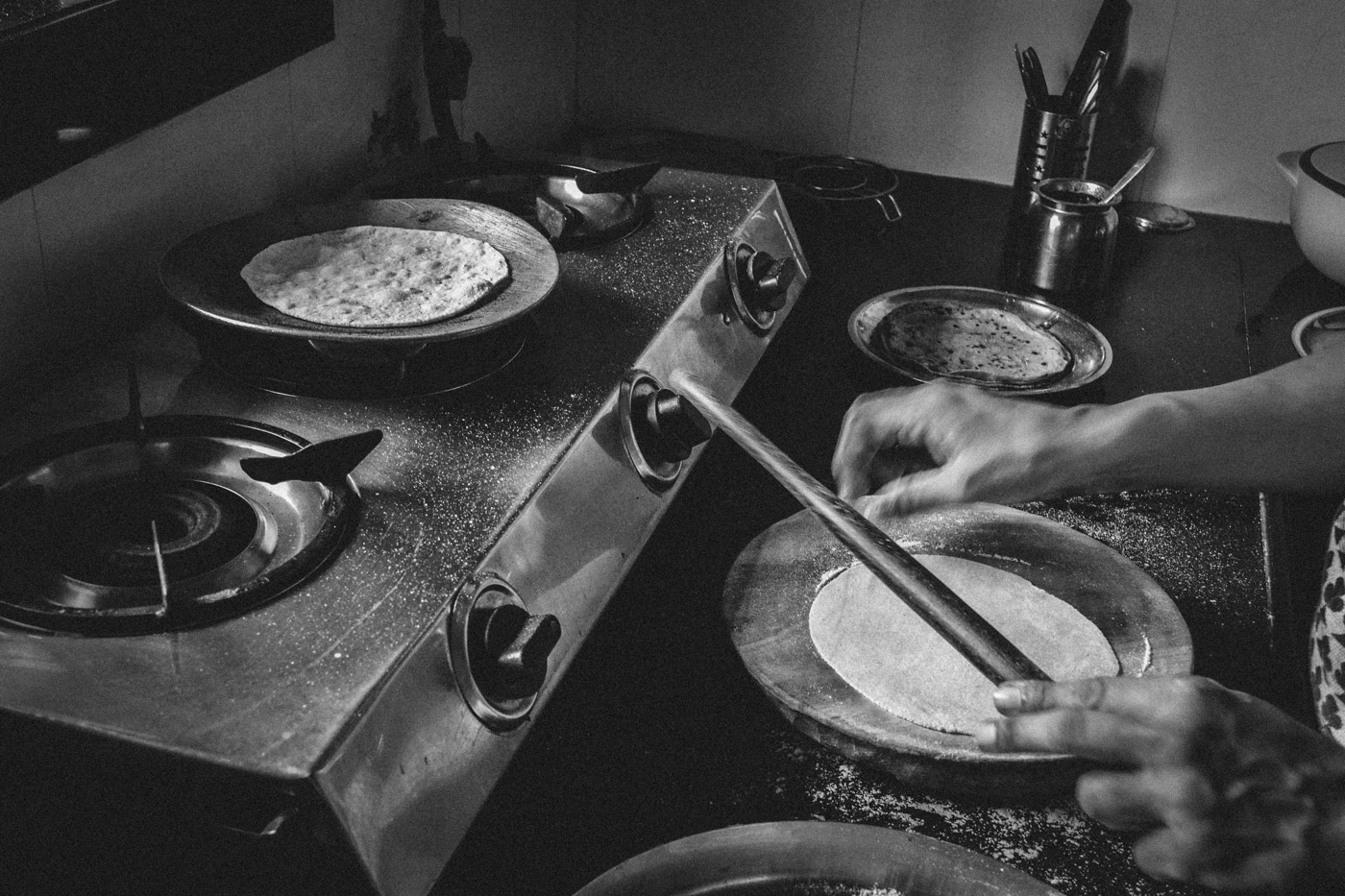
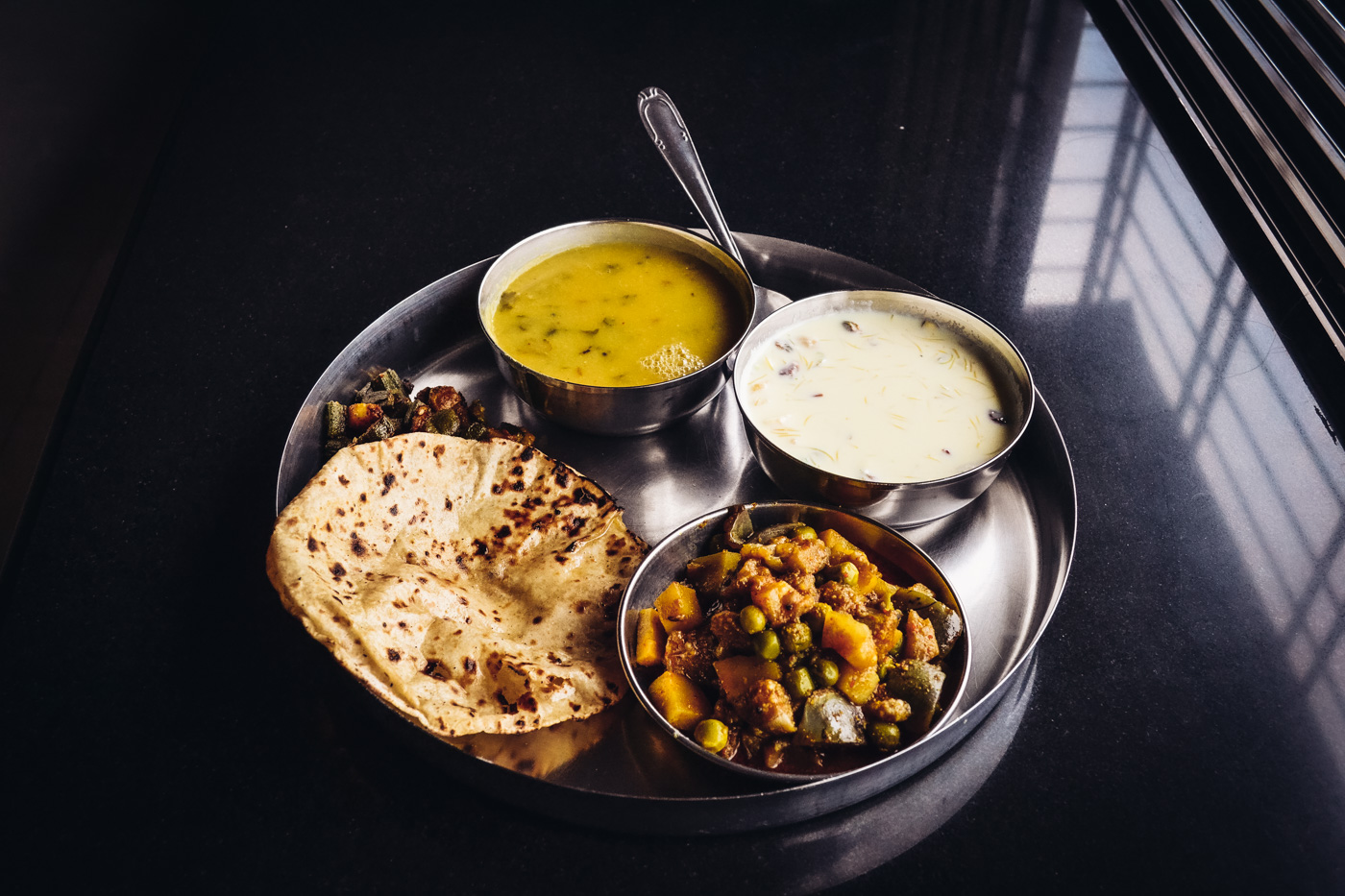
On my most recent stay at my grandparents’ home, I helped make lunch. I insisted on being the one to add necessary spices for our daal and two shaaks, one made of okra and potato, and the other made of eggplant, potatoes and peas, hoping that muscle memory would do its magic and I’d retain the knowledge needed to recreate the meals back in L.A.
Whenever I go to my maternal grandparents’ home, I marvel at how my Mami manages to make all that food fresh every morning and evening. And how so many other women in my family do the same, and have done so for generations.
When I thanked my aunt for cooking and told her how good everything was, she seemed genuinely surprised. At first, I was devastated and frustrated on her behalf. Is her talent and work being recognized enough? But then I recalled my own childhood, my own mother cooking all the meals for our family each day. I’d be lying if I said I’ve thanked her enough either.

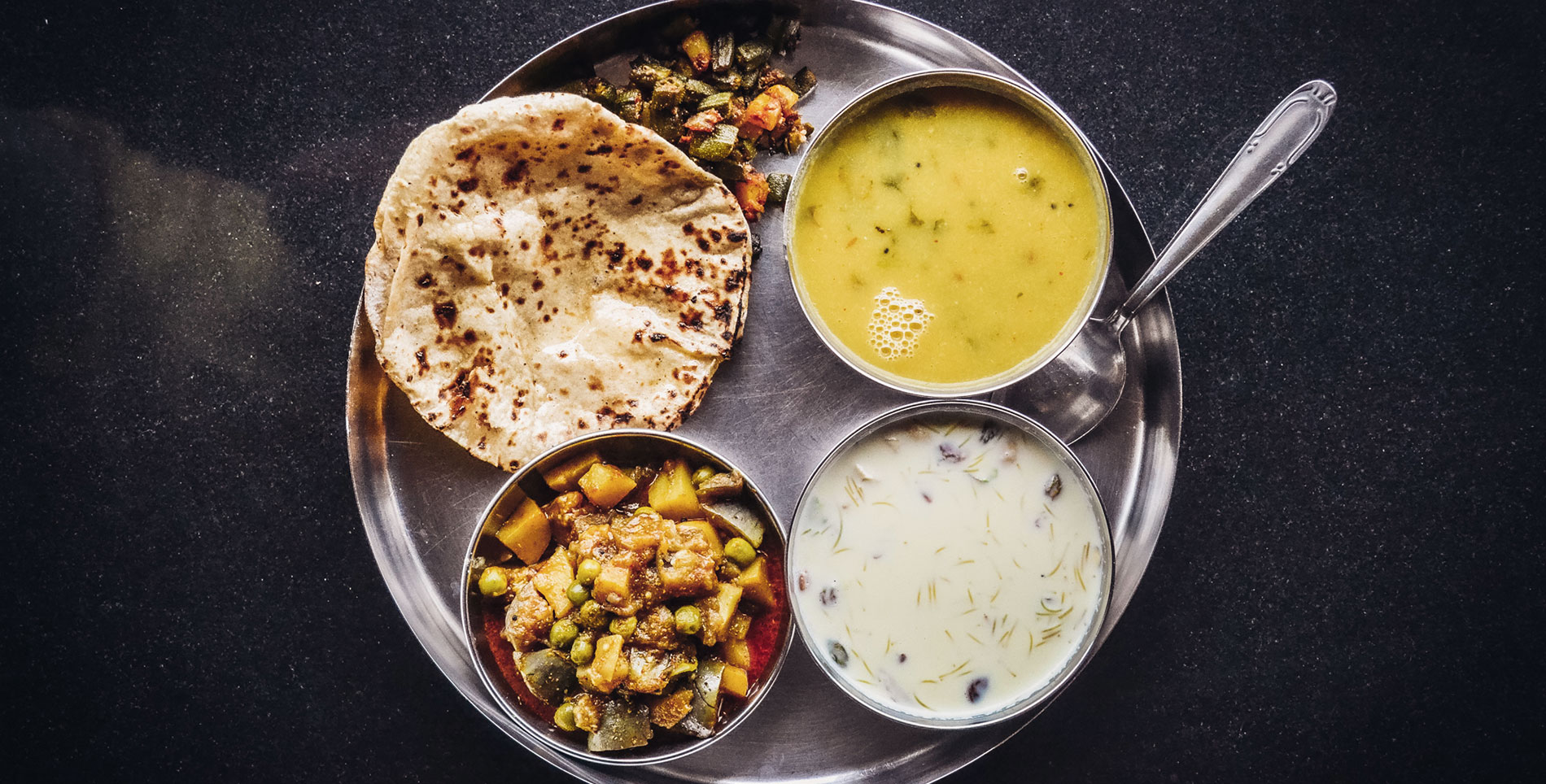

Our comments section is for members only.
Join today to gain exclusive access.